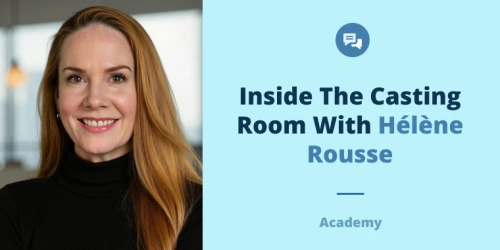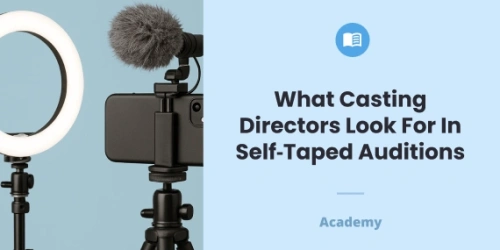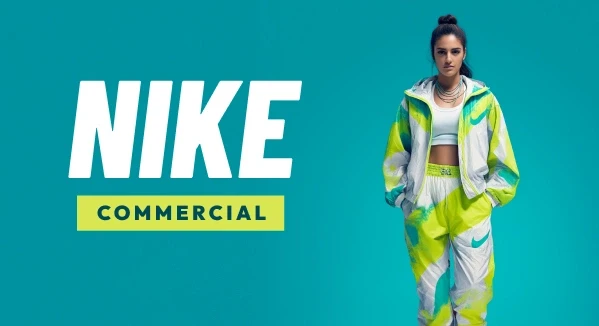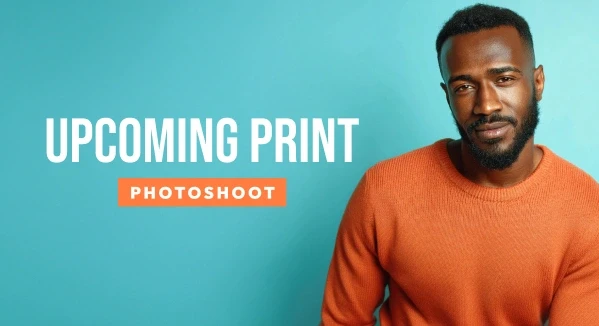Allcasting Blog
Articles found: 165 available

Nov 11, 20255 min read
Inside the Casting Room with Hélène Rousse: Authenticity and Self-Tapes in 2026
Montreal’s acclaimed casting director Hélène Rousse shares her expert take on how casting has evolved, what defines talent in 2026, and how actors can stand out.

Nov 7, 20256 min read
Reality TV Spin‑Offs to Watch: Love Island: Beyond the Villa & More
Reality TV fans, get ready for the next wave of hit spin-offs! From Love Island: Beyond the Villa to Wife Swap: The Real Housewives Edition and The Challenge: World Championship, here’s what’s new and worth watching.

Nov 4, 20257 min read
New Reality Competitions Coming Soon: Next Gen Chef, Physical: 100 USA, & More
Reality TV is entering a new golden age in 2026. With Next Gen Chef, Physical: 100 USA, Fear Factor: The Next Chapter, and The Golden Ticket on the horizon, here’s what to expect — and how to get ready for new casting calls.

Oct 30, 20257 min read
What Casting Directors Look for in Self‑Taped Auditions
Self-taped auditions are now the industry standard, but not all submissions leave a lasting impression. Learn what casting directors really look for — and how to make your next tape stand out.

Oct 28, 20255 min read
2026 Casting Trends: Digital Auditions, Diversity & Virtual Castings
Casting in 2026 is evolving faster than ever. From virtual auditions to AI-assisted selections, here’s what actors and models need to know to stay competitive.

Oct 24, 20255 min read
Using AI Casting Platforms to Stand Out: Tips for Models & Actors
AI is reshaping the casting world. Learn how to use artificial intelligence tools to find matching roles faster, optimise your portfolio, and protect your digital identity.

Oct 21, 20256 min read
Beginner’s Guide to Launching a Voice Acting Career in 2026
Voice acting is booming in 2026 — from video games to virtual reality. Discover how to start your voice acting journey, train effectively, and protect your most valuable asset: your voice.

Oct 17, 20257 min read
How AI Is Revolutionizing Casting: What Actors Need to Know
Artificial Intelligence is changing the casting world. Discover how it’s used to sort applications, shape virtual auditions, and what actors can do to protect their creative careers.

Oct 14, 20255 min read
Ultimate Guide to Actor Branding: Building Your Online Persona in 2026
Acting talent alone isn’t enough in 2026. Discover how to build a powerful online persona that highlights your authenticity, attracts opportunities, and strengthens your brand.

Oct 10, 20257 min read
Complete Guide to Self‑Tape Auditions in 2025/2026
Self-tape auditions are now the industry standard. Discover how to film professional-quality tapes at home — from setup and performance prep to final submission.

Oct 7, 20255 min read
From Rejection to Voiceover Success: Real Talents Share Their Stories
Even the biggest names in voice acting faced rejection before success. Read how Mel Blanc, Seth MacFarlane, and others built iconic careers in the voiceover industry.

Sep 18, 20256 min read
Netflix’s Love Is Blind Casting Update: New Cities Including Austin & New Orleans
Netflix’s Love Is Blind is holding new casting calls for its upcoming season. Find out eligibility requirements and how to apply in Austin, New Orleans, and more.






